- Home
- Robert J. Sawyer
Illegal Alien Page 26
Illegal Alien Read online
Page 26
Hask made a very human-sounding sigh. “Very well.”
“Thank you,” said Dale, standing up in the small dorm room. He hooked his thumbs into his suspenders and turned to face a nonexistent jury. “Ladies and gentlemen of the jury, I’d like to thank you for your attention during this very difficult trial. It’s been a case like no other, with issues that range far beyond this courthouse—” He paused, interrupting himself. “That’s where Linda would jump up and object,” he said, smiling. “Can’t urge the jury to take anything into account other than the facts of the case, as presented during the trial.” He switched back into courtroom mode. “Anyway, ladies and gentlemen, let us review the evidence.
“We’ve heard from Captain Kelkad that his crew originally consisted of eight Tosoks, including himself. We heard, too, that one of those Tosoks, named Seltar, died during the flight to Earth, and the defendant, Hask, performed a harvesting of her organs, which was the normal, proper procedure should someone die during the mission.
“Now, the People would have you believe that this unforeseen event—the need to carve up a corpse—turned out to be unexpectedly titillating to Hask, so much so that he found himself overcome by an irresistible urge to have a similar experience again. And, when the opportunity presented itself, according to the People, Hask did indeed repeat the experience, killing and brutally dissecting the body of Cletus Robert Calhoun.
“We also heard that Tosok blood was found at the crime scene—but no evidence has been presented conclusively linking that blood to Hask. Also at the scene was a bloody mark that might be a Tosok footprint, but, again, the People utterly failed to demonstrate that this footprint belonged to Hask.
“Now, it is true that my client did indeed shed his skin at approximately the same time that Cletus Calhoun was killed. The People have stressed this fact, suggesting that Hask induced this shedding because he had ended up covered in Dr. Calhoun’s blood.
“Apparently corroborating that the shedding was induced was the testimony of Stant, another Tosok—who turned out to be Hask’s half brother. And it was revealed that, as was required by the peculiarities of Tosok biology, Hask and Stant must have been born within days of each other, and that their shedding schedules should have been closely synchronized. But, as we all saw in this courtroom” (Dale winked here, acknowledging to Hask and Frank that he wasn’t completely caught up in this fantasy closing argument) “Stant himself shed his skin without any apparent inducement some five months after Hask did.
“Now, as this trial progressed a horrible thing happened. A deranged human being shot the defendant. Judge Pringle will doubtless instruct you, quite rightly, that your verdict should not be influenced one way or the other by this event per se. That one individual saw fit to shoot Hask does not make him guilty. Neither, of course, should sympathy over his wound lead you to find him innocent. Indeed, you should probably ignore the incident altogether.
“But one person who could not ignore it was Dr. Carla Hernandez, the human surgeon who aided the Tosok named Stant in removing the bullet from Hask. Dr. Hernandez helped prepare Hask’s body for surgery, and in so doing, she saw on his body what she clearly recognized as scar tissue—scar tissue left behind by previous incisions.
“We’ve heard much about the Tosok powers of recuperation, of course. Why, we’ve even heard testimony that they can regenerate not just damaged limbs, but damaged organs as well. So, it goes without saying that any prominent, fresh-looking scars on Hask’s body must be of quite recent origin—given enough time, they would have disappeared completely.
“But what would have caused such scars? The answer, ladies and gentlemen of the jury, is obvious—they were caused by the surgical removal of organs from Hask’s own body.
“When Dr. Nobilio and Captain Kelkad returned to the Tosok mothership, they confirmed what I’d come to suspect myself: that several organs one would have expected Hask to have harvested from Seltar’s body were also missing.
“Now, is Hask some sort of interstellar monster, so hungry for body parts that not only did he devour some of his dead colleague’s ones, and some of Dr. Calhoun’s, but that he also went so far as to remove some of his own organs for that purpose?” Dale paused, looking first at Frank, then at Hask. “Of course not. What a ridiculous notion! After all, that arm in his back might give Hask certain advantages at manual tasks over humans, but surely those advantages don’t extend to performing surgery on himself.
“And that, ladies and gentlemen, means that the surgical scars on Hask’s own body were inflicted by somebody else. Now, who could that have been? Surely if it were a human being, Hask would simply tell us who it was—what an irony that would have been for our UFO-nut friends! Aliens come to Earth, and humans take out their organs, instead of the other way around! But that is not what happened here. No, clearly Hask was operated on by another Tosok—the fact that the incisions were closed with something other than suture proves that. But why? And which of the remaining six members of the starship’s crew did it?
“Well, of course, we’ve seen that Stant is also highly skilled in surgical matters—it was he, after all, who removed the bullet from Hask at the LAC-USC Medical Center. And indeed Stant invoked the Fifth Amendment over the question of whether an individual Tosok’s blood could be identified by chemical analysis.”
Dale lowered his voice conspiratorially. “Linda would object strongly here, too—I’m really not allowed to touch on the motive of a witness for taking the Fifth.” He hooked his thumbs in his suspenders again, readopting his courtroom persona. “The obvious initial conclusion, of course, is that Stant believed his own half brother, Hask, to be guilty, but knew that, as close relatives, their blood types would be similar, and that any blood evidence that tended to convict Hask would also serve as evidence against Stant.
“A more direct interpretation is that the Tosok blood found at the crime scene was Stant’s own—which, of course, is why he wouldn’t want to testify that it could be identified as such. But I favor the first interpretation, that Stant feels Hask is guilty, but knew the blood evidence could as easily point to Stant himself as to Hask. Yes, I’m sure Stant believes Hask did it—but, ladies and gentlemen, I myself do not believe this.
“I do not believe that Hask killed Cletus Calhoun, and I do not believe that the shedding of his skin was induced. Rather, I believe Hask shed his skin at precisely the natural time for it to be shed. It happened five months prior to his half brother’s shedding because Hask was out of hibernation not for the few days that dealing with the impact in our solar system’s Kuiper belt would have required—but rather because he was out of hibernation for almost half a year!”
Frank Nobilio sat up straight in his chair. “God!”
“And why,” continued Dale, “would he have stayed out of hibernation so much longer than he had claimed? The answer is simple: so that organs surgically removed from his body could regenerate internally.
“We have heard, ladies and gentlemen, that a Tosok can live for extended periods with only two hearts, instead of four, and only two lungs, instead of four—and the scars Dr. Hernandez noticed on Hask’s left side indicate that his original two left hearts and his two left lungs had indeed been surgically removed, along with his left-side gebarda organs.
“Now, Dr. Nobilio found in the Tosok sickbay four Tosok hearts, four Tosok lungs, and four Tosok gebardas—but none of the organs of which Tosoks have only one apiece. And, I have no doubt, ladies and gentlemen, that if genetic tests were performed on the right hearts and right lungs found there they would indeed be proven to be those of Seltar. But I submit to you that the left lungs and left hearts are not Seltar’s, but Hask’s own.
“The truth of the matter, ladies and gentlemen of the jury, is that Seltar did not die during the Kuiper-belt accident, but, in collusion with Hask, her death was faked. He removed two of her hearts, two of her lungs, and two of her gebardas, and she removed two each of his. Then she and he stayed out of hibernation, l
etting replacements grow within them. A cursory check would have shown roughly enough body parts to corroborate Hask’s story that Seltar was dead, but in fact she is not. She hid aboard the Tosok mothership, and while Hask came to Earth with great fanfare, streaking across the skies of the world and ostentatiously splashing down in the Atlantic, Seltar made a more stealthful landing somewhere else, using the landing craft that Hask told us and his shipmates had been lost during the collision. It is she who killed Cletus Robert Calhoun, and, for reasons of his own, Hask has chosen to cover for her.
“I urge you, ladies and gentlemen of the jury, to find the only just verdict possible: acquit Hask of this crime that he most assuredly did not commit, and let us now begin a search for the real murderer—wherever she may be.”
CHAPTER
36
Dale heaved his massive bulk back into a chair in Hask’s dorm room. “Well?” he said.
“God,” said Frank, again. “God. Hask, is it true?”
Hask’s tuft was moving in ways Dale had never seen before.
“Hask,” said Frank again, “is it true? Is Seltar still alive?”
“There are issues here,” said Hask slowly, “of which neither of you are aware. Do not mention your speculation anywhere else, Dale.”
“This is the trial of the century,” said Dale. “I’m not going to lose it.”
Hask’s tuft swayed in negation. “It is the trial of the millennium,” he said. “It is the trial of all time—and it is not being played out in the tiny confines of Judge Pringle’s courtroom. I beseech you, Dale, do not pursue this.”
“Why, Hask? I need a reason.”
Hask was silent for a time, then: “Frank, you are a powerful person on this world, no?”
“It would be more correct to say I work for a powerful person,” said Frank.
“Regardless of the subtleties, you have access to extraordinary resources. If I asked you to take me somewhere, you could arrange the trip in such a way as to attract no public attention, yes?”
“Are you asking for asylum?” asked Frank.
“No. But if I am to answer Dale’s question, it cannot be done here. We must go somewhere else.”
“Where?”
“Northern Canada.”
“Why?”
“Arrange the passage. I will take you and Dale there, and then, I promise, we shall return to Los Angeles, and I will face justice.”
Dale sent Michiko Katayama to court the next day, to beg off, saying that Hask had suffered a relapse from his gunshot injury. Frank arranged for Hask to be smuggled out of the USC residence in a laundry container, which was driven to March Air Force Base, nine miles southeast of Riverside. From there, a US military jet flew Frank, Dale, and Hask to a Canadian Forces Base in Cold Lake, Alberta. They transferred to a Canadian plane, which took them into the Northwest Territories.
Frank didn’t particularly like to fly, especially in small planes. He kept his equilibrium by thinking about his daughter, Maria, conjuring up her beautiful, wide-eyed, twelve-year-old face. So much had happened—and, it seemed, so much more was still going to happen. All his life, he’d been trying to make the world a better place, but never for himself. It had always been for her, for the children, for the future. What effect would the outcome of this trial have on humanity’s relations with the Tosoks? What kind of world would be left for Maria once the verdict was handed down? He shivered in the plane’s small cabin, and not just from the cold.
The Canadian pilot almost missed the ship. Hask’s lander had amply demonstrated its ability to change color by cycling through red, orange, yellow, green, blue, indigo, and violet while bobbing on the Atlantic. This lander, too, had changed color, to precisely match the lichen-covered rocks of the tundra. But once Hask had pointed it out, its shield shape was obvious. The plane had pontoons; the Canadian pilot put it down in a lake about a quarter mile from the alien craft. Finding a parka big enough to accommodate Dale had been a challenge, but they’d managed it. Hask was actually wearing a Tosok space suit, brought from one of the Tosok landing craft at USC. It was pale green in color and hugged his form snugly—but, he said, provided more than enough insulation to keep out the subzero cold.
They made their way ashore in an inflatable rubber boat and walked the short distance across the barren landscape to the lander, their breath escaping in clouds of condensation. A radio in his space suit allowed Hask to communicate with the lander’s occupant; when they arrived, the outer air-lock door opened for them.
They cycled through the air lock—and there she was.
Seltar.
Her hide was purplish gray, and her eyes were pink and orange and ebony and navy blue. She was slightly shorter and slightly broader than Hask.
Hask touched controls on his space suit and it fell away, like a shed skin. He rushed to Seltar. His front arm came up, as did hers, and they intertwined their eight fingers. Meanwhile his back hand came up and reached over his head to touch Seltar’s tuft; Seltar, meanwhile reached over with her back hand to stroke Hask’s tuft.
“God, it has been so long—” said Hask. He realized his translator was still on, and disengaged his front hand from Seltar’s long enough to deactivate it. They continued to embrace, and to chatter to each other for several minutes. Frank looked at Dale, slightly embarrassed.
At last the embrace ended, and Hask turned to look at the two humans. He was still holding front hands with Seltar, but he reactivated his translator with his back hand.
“Forgive us,” said Hask. “Did I mention that Seltar is my mate?”
Frank grinned. “No, you didn’t.”
“Well, she is. In fact, she is my four-mate—we have agreed, when the time comes, that I shall impregnate all four of her wombs.”
“You kinky devil,” said Dale, with a smile.
When Hask had spoken all those months ago of the female Tosok God, Frank thought he’d heard Hask call her the “foremother” of the race, a feminine version of “forefather.” He realized now that what Hask had probably really said, though, was “four-mother.”
“Please,” said Hask, “let me make proper introductions. Seltar, this is Dale Rice, a human attorney. And this is Frank Nobilio, a human scientist and government official. They are good people, and they are my friends.”
“How do you do, Seltar?” said Frank.
Her translated voice was identical to Hask’s—presumably Hask had simply copied the translation program from his portable computer to hers. “I do very well, thank you,” she said.
“You’ve been here all this time?” asked Dale.
“Yes,” she said.
“But why here? Isn’t it too cold for you?”
“My space suit provides adequate protection when I feel the urge to get outside of this lander,” said Seltar, “but when I do go outside, the light is agreeably dim. The sun does not get far above the horizon this far north.”
“Amazing,” said Dale. “And the others all think you’re dead?”
“They do,” said Seltar. “And we must keep it that way.”
“Why?”
“I am your only hope.”
“To clear Hask, you mean?”
Her tuft split in the now familiar Tosok shrug. “Your language lacks sufficient pronouns. I am your only hope. I am the only hope of you.”
“Pardon?”
Hask stepped forward. “As Cletus might have put it, ‘I am the only hope of y’all.’ She means she is the last hope of the human race.”
“What?” Frank felt his eyebrows climbing.
“The things we shall tell you must remain secret,” said Seltar. “You cannot divulge them to anyone without my permission.”
“We promise not to say anything,” said Dale.
Hask turned to Seltar. “He is speaking the truth.”
“Then tell them,” said Seltar.
Hask turned back to the humans. “Seltar and I belong to what you might call a different religion than the other six Tosoks, alt
hough perhaps a different philosophical school would be a better description.” He looked at Frank, then at Dale. “The crossbreeding that is the norm among Tosoks—four males and one female involved in most unions—has led to a substantial degree of interrelation among the Tosok people. The result is that we tend to think of the survival of our race as more important than the survival of any one individual. The school Seltar and I belong to abjures that; we have seen the damage it can do. That is why we are mating exclusively with each other.”
“I don’t understand,” said Frank. “Surely such interrelation would have all kinds of benefits. I bet you have fewer wars than we do.”
“We in fact have no wars,” said Hask. “I was amazed to learn of the human propensity for them. But on the question of interrelation, as in all questions, one side always has more power, and in this one, the negative aspects of protecting the species at all costs are greater than the benefit.” He paused, as if thinking about how to express himself. “Dale, during this case we encountered at least one juror who would say and do anything to get accepted, presumably in order to ensure a particular outcome. Well, Seltar and I did everything we could to get appointed to one of the star missions.” His two front eyes blinked. “The tragedy is that several missions did get away without any of us among the crew.”
Dale sounded confused. “What are you talking about?”
“What do you think the purpose of the Tosok expedition to your solar system is?” asked Hask.
“Exploration, no?” said Dale. “To see what was here?”
“No. The purpose of the mission was survival—survival of the Tosok race.”
Frank nodded, his worst fears confirmed. “So you did come to invade Earth.”
“Invade?” Hask’s tuft waved backward. “No. We certainly would not want to live here. Your sun is so bright and large, your air smells, and all those annoying insects! No, no, the Tosoks are quite content with our home.”
“Then what did you mean by saying your mission is survival?”
“We come from a world currently orbiting Alpha Centauri A at a distance much greater than your world orbits your sun. In fact, we orbit so far out from Centauri A that we are just on the outermost edge of orbital stability—any farther out, and the gravitational effects of Centauri B would be significant.”

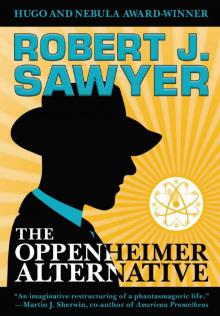 The Oppenheimer Alternative
The Oppenheimer Alternative Factoring Humanity
Factoring Humanity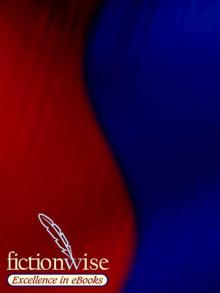 The Shoulders of Giants
The Shoulders of Giants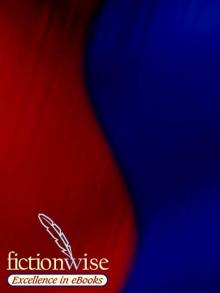 Stream of Consciousness
Stream of Consciousness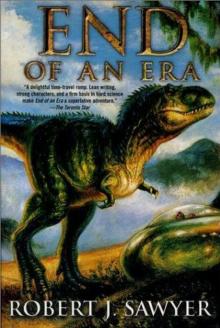 End of an Era
End of an Era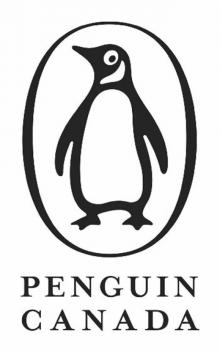 The Terminal Experiment
The Terminal Experiment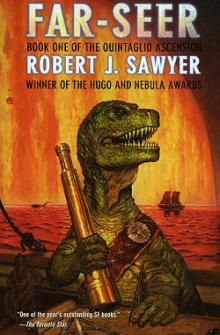 Far-Seer
Far-Seer Mindscan
Mindscan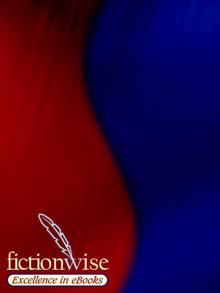 You See But You Do Not Observe
You See But You Do Not Observe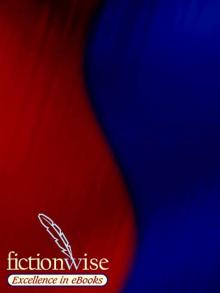 Star Light, Star Bright
Star Light, Star Bright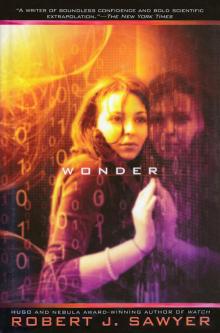 Wonder
Wonder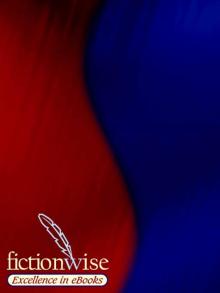 Wiping Out
Wiping Out Flashforward
Flashforward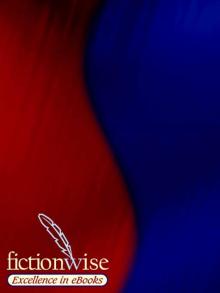 Above It All
Above It All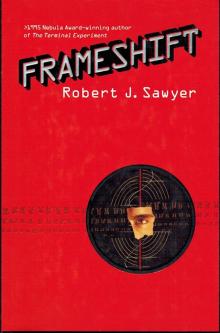 Frameshift
Frameshift The Neanderthal Parallax, Book One - Hominids
The Neanderthal Parallax, Book One - Hominids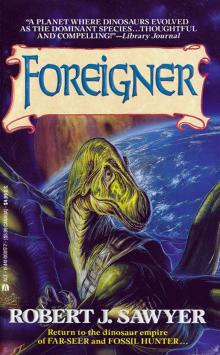 Foreigner
Foreigner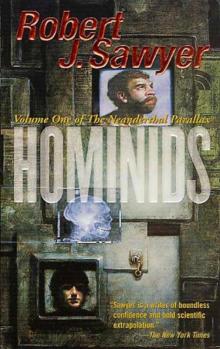 Neanderthal Parallax 1 - Hominids
Neanderthal Parallax 1 - Hominids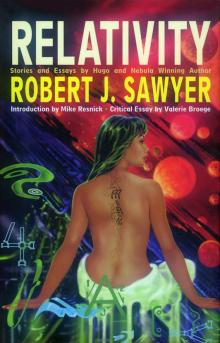 Relativity
Relativity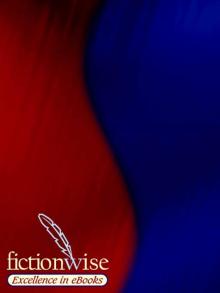 Identity Theft
Identity Theft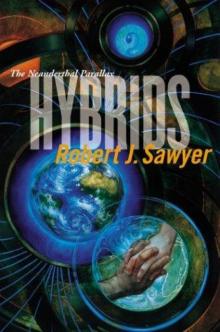 Hybrids np-3
Hybrids np-3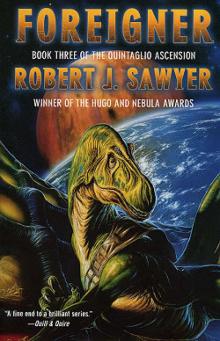 Foreigner qa-3
Foreigner qa-3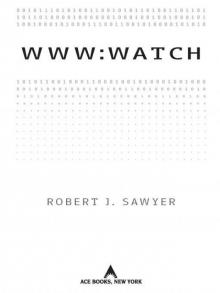 WWW: Watch
WWW: Watch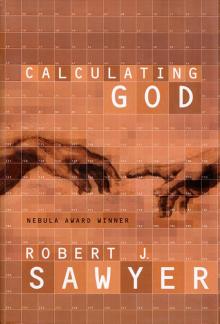 Calculating God
Calculating God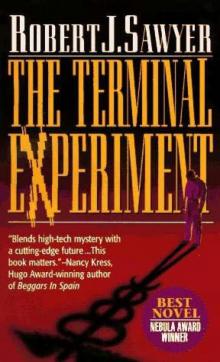 The Terminal Experiment (v5)
The Terminal Experiment (v5)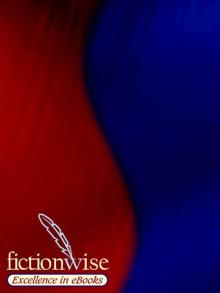 Peking Man
Peking Man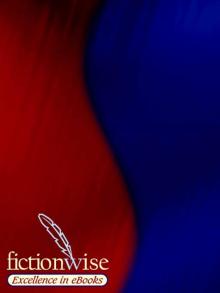 The Hand You're Dealt
The Hand You're Dealt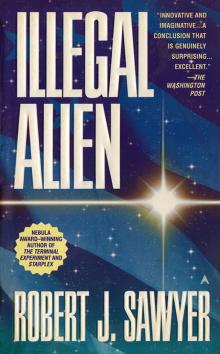 Illegal Alien
Illegal Alien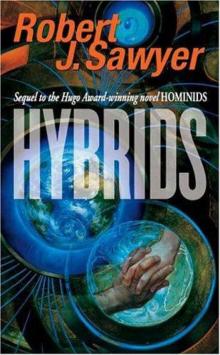 Neanderthal Parallax 3 - Hybrids
Neanderthal Parallax 3 - Hybrids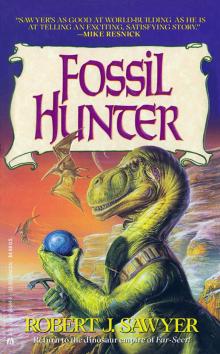 Fossil Hunter
Fossil Hunter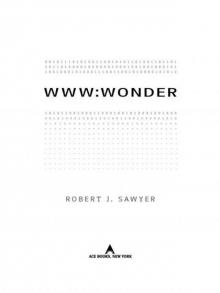 WWW: Wonder
WWW: Wonder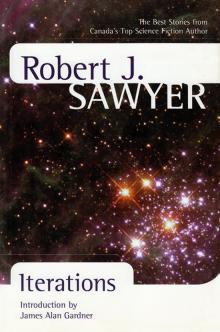 Iterations
Iterations Red Planet Blues
Red Planet Blues Rollback
Rollback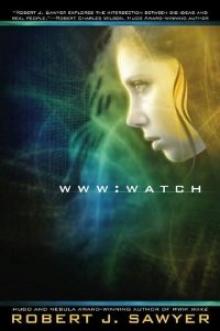 Watch w-2
Watch w-2 Gator
Gator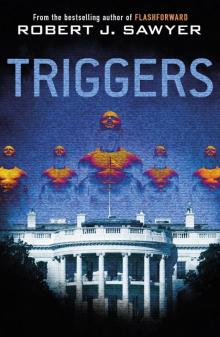 Triggers
Triggers Neanderthal Parallax 2 - Humans
Neanderthal Parallax 2 - Humans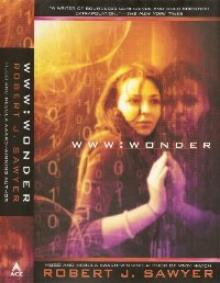 Wonder w-3
Wonder w-3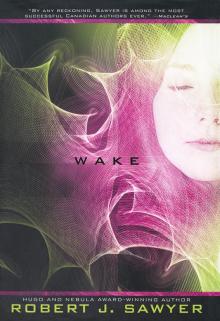 Wake
Wake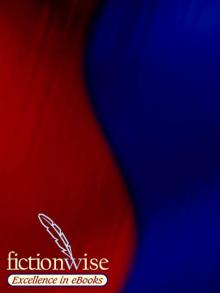 Just Like Old Times
Just Like Old Times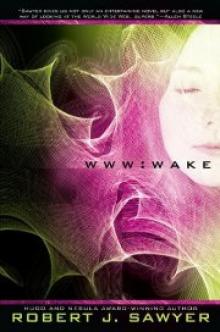 Wake w-1
Wake w-1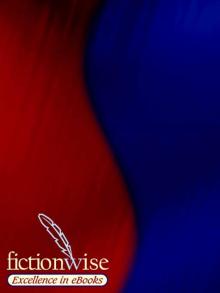 Fallen Angel
Fallen Angel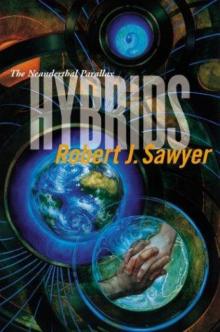 Hybrids
Hybrids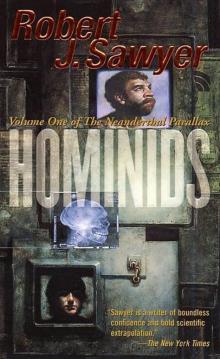 Hominids tnp-1
Hominids tnp-1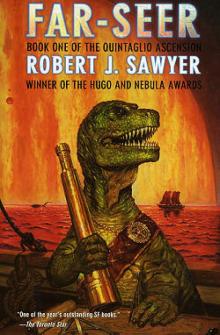 Far-Seer qa-1
Far-Seer qa-1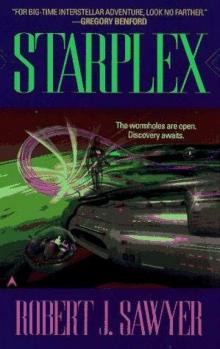 Starplex
Starplex Hominids
Hominids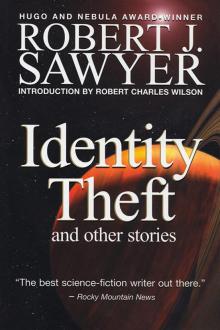 Identity Theft and Other Stories
Identity Theft and Other Stories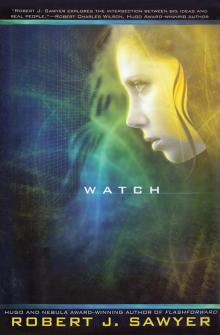 Watch
Watch Golden Fleece
Golden Fleece Quantum Night
Quantum Night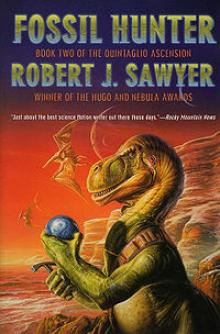 Fossil Hunter qa-2
Fossil Hunter qa-2 Humans np-2
Humans np-2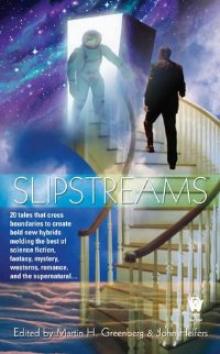 Biding Time
Biding Time